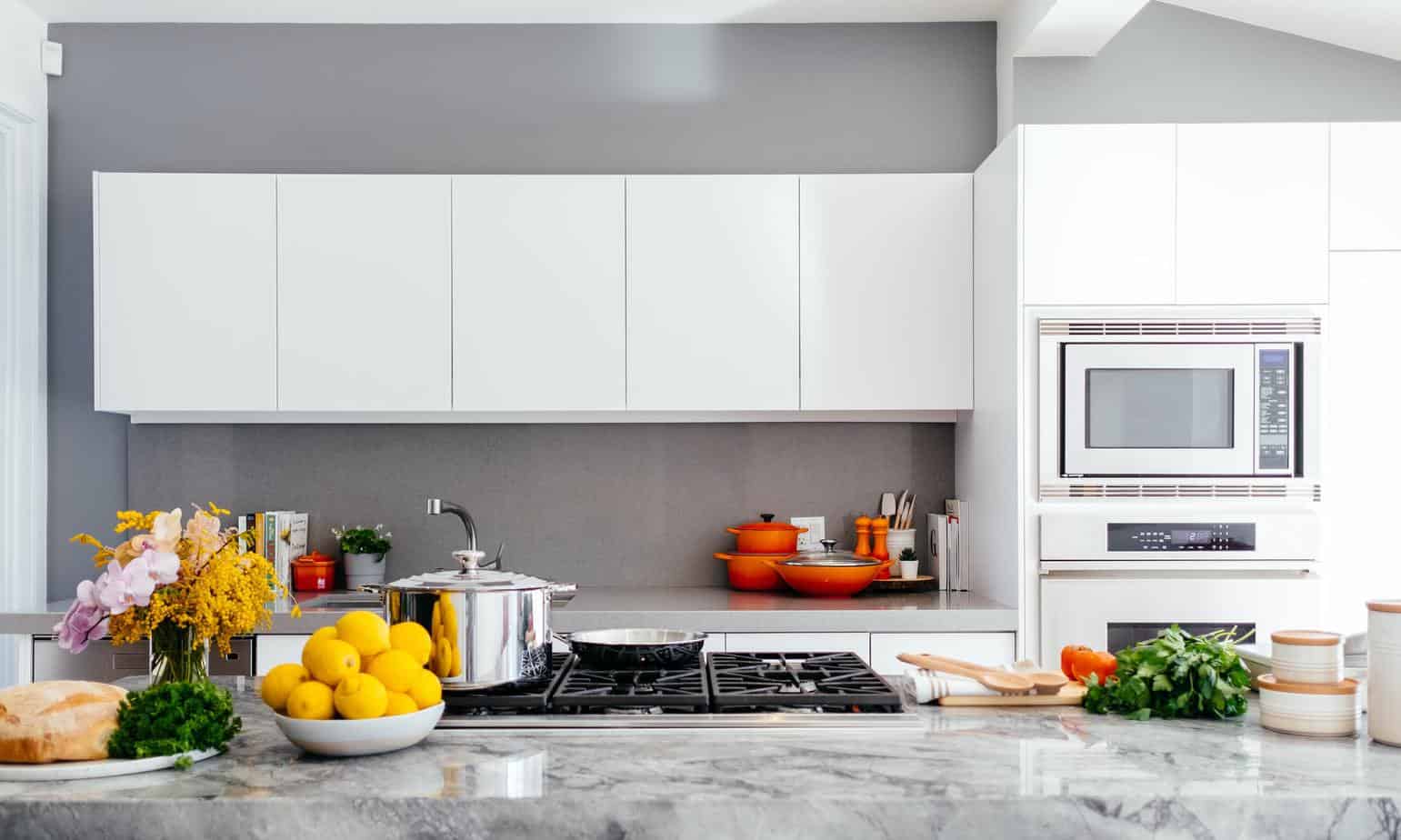
The kitchen should not only have an aesthetic appearance, but also, and perhaps above all, practical use. Well-chosen countertops bear witness to these qualities. It is time to learn the secrets of their combination.
Kitchen countertops ordered to measure are first cut by the manufacturer, and then, during installation, require appropriate connection. There are several ways how to do this, for example, with the help of silicone, strip or a special connector. Another popular technique is joining at right angles, and some people also opt for a layerless connection.
The proper connection of two countertops serves primarily to achieve the best possible functionality, stability, as well as durability of the countertops. It affects the final effect obtained in the kitchen. In addition, it is important to properly secure the countertops to avoid staining or destroying the surface. When joining, you also need to take care to leave as small a gap as possible. Performing this task with the right method will allow you to achieve great results.
Some people may associate skirting boards mainly with floor space in the house, however, they are a popular element used to join countertops in the kitchen. It is installed by screwing it to the countertop with appropriate screws. The second step is to move the part of the workspace that is to be located next to the first countertop.
This is a very universal and cheap method. However, if you want the joints to be invisible and the kitchen to be more minimalistic, you should rather not choose it.
Laminate free joints can be used in case of laminated countertops. Undoubtedly, the biggest advantage of this type of solution is high aesthetics. Giving up the masking strips has a positive impact on the appearance of the entire kitchen
However, it is necessary to remember to decide on this type of connection at the time of ordering or just before, because kitchen countertops must be cut differently in this case. For example, you will need special holes for fastening the joints, located at the bottom of the countertop, as well as the necessary milling to connect the elements. The execution of this must be characterized by high precision, so it is good to have a trusted and proven furniture contractor.
In connection with the layerless connection, there is a concern about the proper tightness. If there is no good protection, there may be a problem with moisture, for example. For this reason, additional ways are used, such as countertop connectors reinforced by a special polyurethane adhesive.
Special connectors are also used to join kitchen countertops. These are elongated pieces that allow you to join two nearby countertops together. For this purpose, you need well-made and appropriately spaced holes. These must be located on the inside of the countertop. Rest assured, you do not have to struggle with this on your own. It is advisable to ask a professional who deals with making countertops to make them
Silicone, which is a sealing substance, will come in handy especially when the kitchen countertop is in contact with ceramic tiles. Before you start working, the countertop should be protected. Painter’s tape will be perfect for this
Besides, you should remember to buy the right kind of product. Sanitary silicone will be a good choice. What are the benefits of this type of joining? For sure, it speaks for it ease of use, as well as resistance to kitchen conditions, for example, moisture. It also protects against mold.
Another option is to join the countertops at a right angle. Before proceeding, you need to check that the dimensions of the furniture match perfectly, and then arrange them accordingly. For the connection in this method you need screw joints. To weld together the individual elements evenly and precisely, you can use a special template. Also do not skip the sealing of joints, which will prevent rapid wear and damage to the kitchen surface.
Main photo: Jason Briscoe/unsplash.com